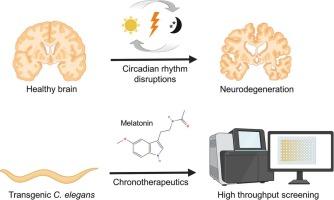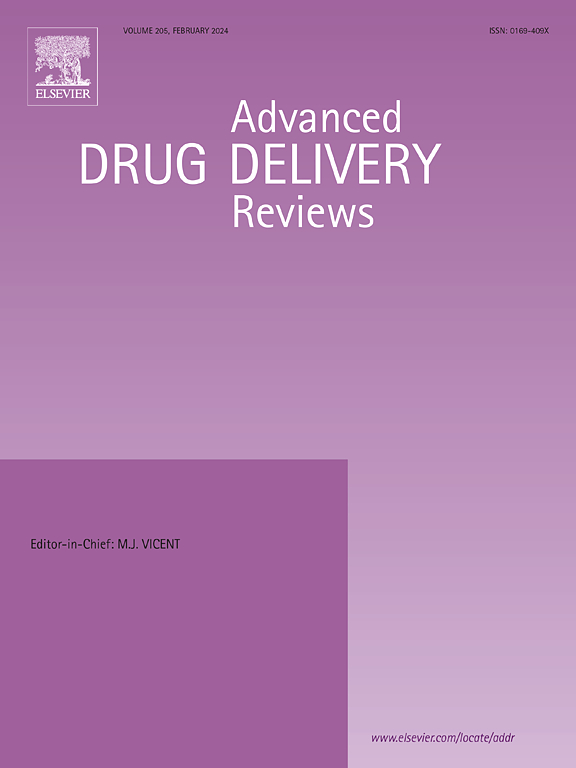Caenorhabditis elegans as an emerging high throughput chronotherapeutic drug screening platform for human neurodegenerative disorders
IF 17.6
1区 医学
Q1 PHARMACOLOGY & PHARMACY
引用次数: 0
Abstract
An increase in the aging population is accompanied by increased susceptibility to age-associated neurodegeneration, with currently no cure. Despite the diversity of symptoms and etiologies, neurodegenerative disorders share mechanistic commonalities and many pathophysiological features. These include disruptions in circadian rhythms that affect neuronal physiology. Systematic investigations in several animal models have advanced our understanding of the molecular processes that link circadian rhythms and neurodegenerative disease states. These models have also been used to screen and validate promising chronotherapeutic drug candidates that target the circadian clock to ameliorate neurodegeneration. With the emergence of robust and reliable methodologies to measure daily rhythms, the nematode model Caenorhabditis elegans has become a versatile tool for high throughput chronotherapeutic drug screening against neurodegenerative disorders. In this review, we discuss the unique features and advantages of C. elegans as an enabling platform for chronotherapeutic drug discovery, towards the development of innovative strategies for the treatment of human neurodegenerative conditions.


秀丽隐杆线虫作为一个新兴的高通量时间治疗药物筛选平台,用于人类神经退行性疾病
老龄化人口的增加伴随着对年龄相关神经变性的易感性增加,目前尚无治愈方法。尽管症状和病因多样,但神经退行性疾病具有机制共性和许多病理生理特征。其中包括影响神经生理的昼夜节律紊乱。在几种动物模型中进行的系统研究提高了我们对昼夜节律和神经退行性疾病状态之间的分子过程的理解。这些模型也被用于筛选和验证有希望的时间治疗候选药物,这些药物以生物钟为靶点来改善神经变性。随着测量日常节律的稳健可靠方法的出现,秀丽隐杆线虫模型已成为针对神经退行性疾病的高通量时间治疗药物筛选的多功能工具。在这篇综述中,我们讨论了秀丽隐杆线虫作为时间治疗药物发现的有利平台的独特特征和优势,从而开发出治疗人类神经退行性疾病的创新策略。
本文章由计算机程序翻译,如有差异,请以英文原文为准。
求助全文
约1分钟内获得全文
求助全文
来源期刊
CiteScore
28.10
自引率
5.00%
发文量
294
审稿时长
15.1 weeks
期刊介绍:
The aim of the Journal is to provide a forum for the critical analysis of advanced drug and gene delivery systems and their applications in human and veterinary medicine. The Journal has a broad scope, covering the key issues for effective drug and gene delivery, from administration to site-specific delivery.
In general, the Journal publishes review articles in a Theme Issue format. Each Theme Issue provides a comprehensive and critical examination of current and emerging research on the design and development of advanced drug and gene delivery systems and their application to experimental and clinical therapeutics. The goal is to illustrate the pivotal role of a multidisciplinary approach to modern drug delivery, encompassing the application of sound biological and physicochemical principles to the engineering of drug delivery systems to meet the therapeutic need at hand. Importantly the Editorial Team of ADDR asks that the authors effectively window the extensive volume of literature, pick the important contributions and explain their importance, produce a forward looking identification of the challenges facing the field and produce a Conclusions section with expert recommendations to address the issues.

 求助内容:
求助内容: 应助结果提醒方式:
应助结果提醒方式:


